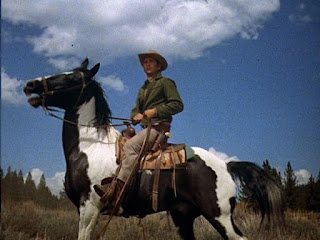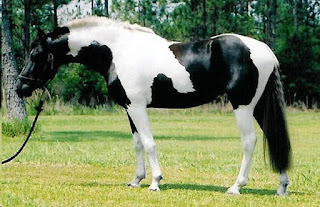Some twenty-plus years after selling hardware supplies to eager miners in California's Gold Rush, Collis Huntington and Mark Hopkins decided to enter the railroad business with Leland Stanford and Charles Crocker. Stanford served double duty as the newly elected governor of California in 1862 while he and his business associates oversaw the building of the western portion of the Transcontinental Railroad. (Later, Stanford would become a California senator, and he and his wife, Jane, would become the founders of Stanford University.)
 |
| Handshake shared by the Central Pacific and Union Pacific Railroad companies after Leland Stanford drove in the final "golden spike" on May 10, 1869 at Promontory Point in Utah. |
These four railroad magnates, otherwise known as "The Big Four," quickly became California--and especially San Francisco's--top dogs. Therefore, it was no surprise when they all built enormous mansions on California Hill in San Francisco, which later became known as Nob Hill, short for "nabob," a word historically associated with enormous wealth.
 |
| Leland Stanford's mansion, circa 1880 |
 | |||
| Mark Hopkins' mansion on Nob Hill, circa 1885 |
 | ||||
| Collis Huntington's mansion, circa 1882 |
 |
| Charles Crocker's mansion, circa 1880 |
It is said that each of these mansions took the entire space of a city block. An interesting thing happened with Charles Crocker when he had his mansion built. He was able to buy out 12 of the 13 surrounding properties, but the last holdout, an undertaker named Nicholas Yung, whose residence was very modest compared to the other moguls indeed, refused to sell to Crocker. So Crocker had a 3-story-high fence built around Yung's residence so he wouldn't have to look at it, for one thing, but it also didn't bother him that the fence completely blocked out the sun for the Yungs. The Yungs reportedly considered leasing their property to a laundromat or selling advertising space on the fence, but ultimately decided not to retaliate. In the photo below, you can see the high fence behind Crocker's mansion, which covers the Yung residence on three sides.
So what happened to these rich-beyond-belief, powerful men? They each suffered personal tragedies. Stanton and his wife lost their only son to typhoid at the age of 15 and their mansion basically became a shrine. Mark Hopkins died before he and his wife could enjoy living in their mansion. She immediately moved back East. Collis Huntington's first wife, Elizabeth, died in 1883, at which time he married his second wife, Arabella, whose son, Archer, 14 years old at the time of their marriage, is believed by some to be Huntington's biological son. And Charles Crocker died in 1888, leaving his two sons squabbling over his mansion.
Ironically, the San Francisco Earthquake of 1906--and the subsequent fire--leveled all four of these once-magnificent mansions. Early in the 19th century, a series of apartments were built on the property where Leland Stanford's mansion first stood. Later, they were gutted and turned into a hotel, which stands today. Mark Hopkins, as we know, died before he could enjoy his legacy. After his death, his wife remarried and donated the mansion to the San Francisco Art Association, turning it into an art institute. After the earthquake, a 19-story hotel replaced it. Now the hotel features a restaurant called Top of the Mark. Yet another hotel, the Huntington Hotel, stands in the place where Collis Huntington's mansion once stood, along with a scenic park, the land of which Huntington's second wife donated for such a cause. As for Charles Crocker, he continued to dispute with Yung for several years, and his family continued even after his death until the Yungs finally gave way in 1904. Crocker and his family may have won the battle, however, but the earthquake ensured that it was a temporary celebration. A church named Grace Cathedral now stands in its place.
For myself, I've gleaned some interesting and valuable insights from learning more about these so-called "powerful" men, and I feel that the story of these four mansions can help us understand how important it is to keep a humble perspective on life and treat our fellow men with the respect they deserve. Money isn't the most important thing in the world, after all. Our relationships are.
Although I haven't published any books that take place in San Francisco (yet), I love to learn about places in the Old West that greatly influenced our lives today. Take a look at my Christian historical Western romance novels here.







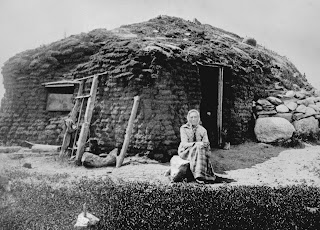





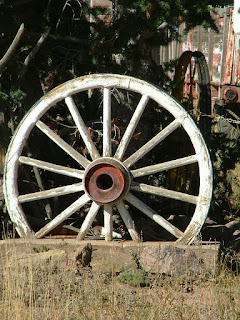





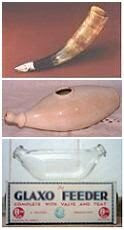
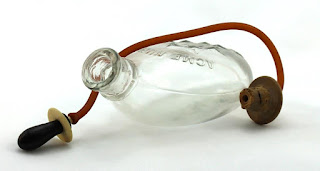







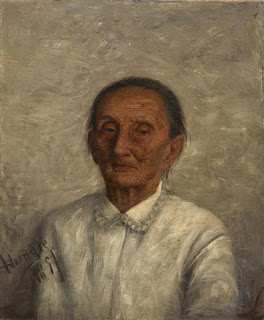


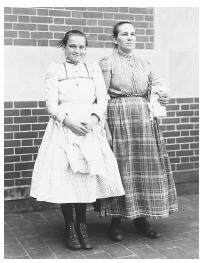
 Remains of St.
Remains of St.  Chaucer's Love Birds
Chaucer's Love Birds





